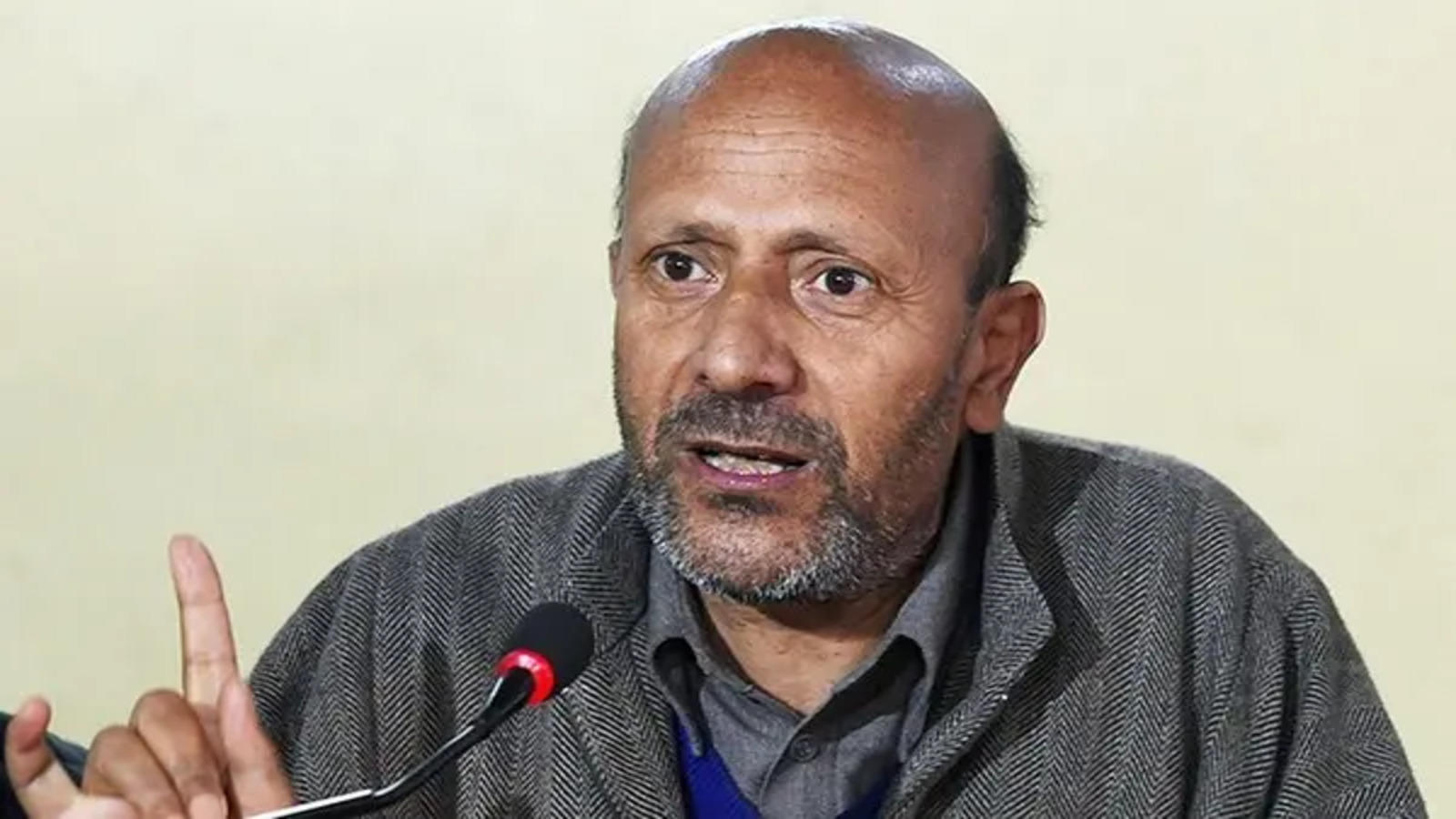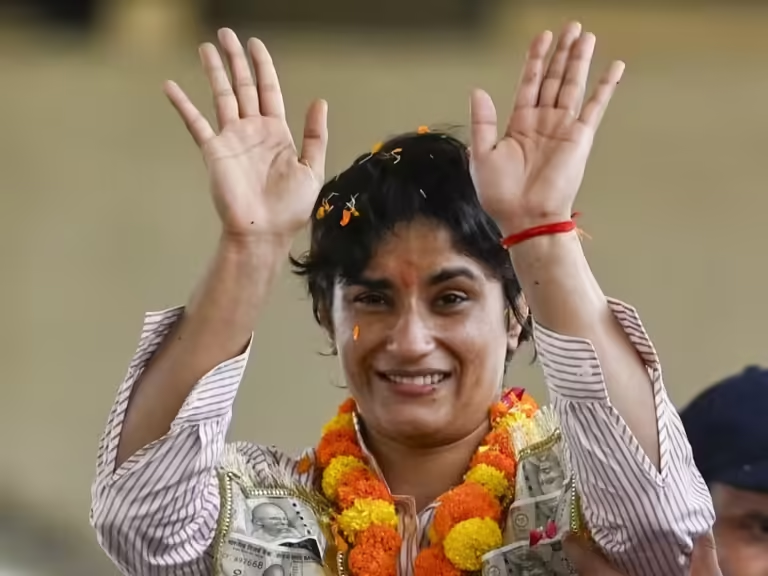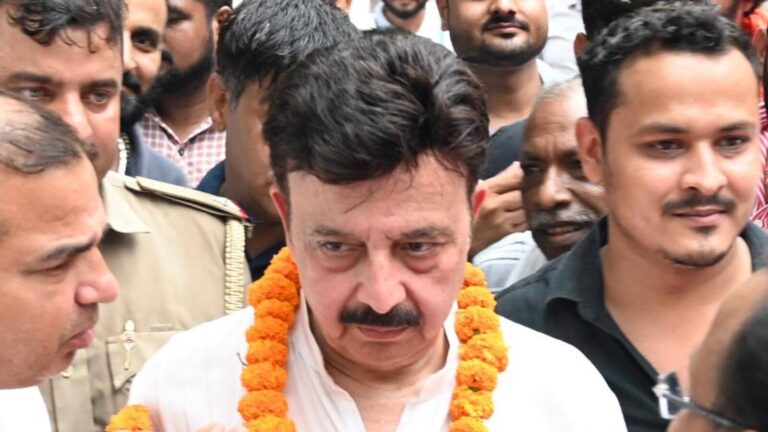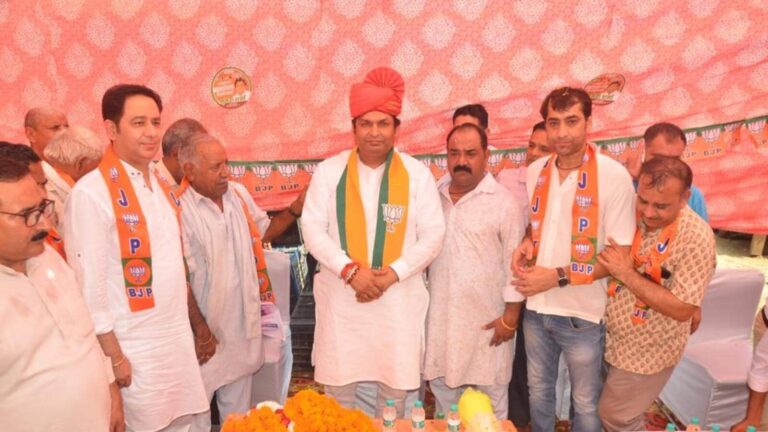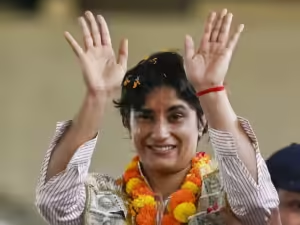The ongoing tumultuous electoral battle, whether organic or orchestrated, is playing a crucial role in the BJP’s strategy to divide the voting base in the Valley while solidifying its support in Jammu.
Regardless of any potential manipulation surrounding the emergence of the Engineer Rashid factor in the Jammu and Kashmir legislative assembly elections, it is undeniably advantageous for the BJP in two significant ways.
Firstly, as widely believed, it is splintering the votes in the Kashmir Valley, thereby diminishing the electoral strength of traditional regional parties. More critically, it allows the BJP to leverage this situation in the Jammu region, particularly among the Hindu electorate, as they prepare to cast their votes on October 1.
The candidates contesting from the Valley—34 from Rashid’s Awami Ittehad Party, a handful from Jamaat-e-Islami, and individuals like Sarjan Barkati—are often perceived as pro-separatist. Their campaign messages resonate with calls for resolving the Kashmir issue, contrasting sharply with the traditional regional parties like the National Conference and People’s Democratic Party, which focus on restoring Article 370 or achieving statehood.
While these slogans may attract certain demographics in the Valley, especially the youth, their impact is felt quite differently among voters in the plains of Jammu.
During its rallies, the BJP has been vocally criticizing the NC, PDP, Congress, and even allies like the Apni Party and Sajad Lone’s People’s Conference. However, it has opted to remain silent regarding Rashid, Jamaat, and other unexpected candidates, which only fuels speculation about the engineering and facilitation of this chaotic electoral landscape.
Conspiracy theories have long been prevalent in the Kashmir Valley, but the current situation is particularly compelling due to the data regarding candidates in each constituency. In the Valley, the average number of candidates per constituency exceeds ten, while in Jammu, it hovers between six and seven. This discrepancy highlights Jammu’s largely apolitical landscape, which has suffered from a political void for decades, in stark contrast to the dynamic political environment of Kashmir.
The BJP’s election campaign reveals several contradictions. Prime Minister Narendra Modi made a surprising decision to address a large rally in Srinagar, despite the party lacking strong local candidates in the Valley. He vehemently criticized what he termed ‘dynasties’ but notably avoided mentioning Rashid’s party or the Jamaat. While the BJP’s narrative equates discussions of autonomy with terrorism and anti-national sentiments, it has been curiously quiet about calls for resolving the Kashmir issue or holding a referendum.
In Jammu, however, the BJP is strategically exploiting regional divisions and shifting its focus to terrorism. Through grassroots campaigns and community engagement, the party is intensifying its efforts against what it labels the ‘separatist’ ambitions of Rashid and the Jamaat, both of whom are already viewed as divisive figures in Jammu—Jamaat for its ideology and Rashid for his provocative statements.
In the Hindu-majority districts of Jammu province, historical regional divisions and the dominance of Kashmiri politics have fostered feelings of inferiority and even discrimination. There is a strong desire to dismantle the longstanding Kashmiri hegemony. Yet, the absence of robust leadership in the Jammu region has left it with little option but to align with the more established Kashmir-based parties, particularly the National Conference.
Rashid and Jamaat, on the other hand, are not the right fit for the situation. The BJP is leveraging them as tools to instill fear in Jammu, which allows the party to strengthen its Hindu voter base, even amidst significant discontent and rising anti-incumbency sentiments.
In essence, the BJP is effectively achieving two objectives at once. It is utilizing the so-called ‘pro-separatist hardliners’ to divide the Muslim majority in the Kashmir Valley while simultaneously solidifying its support among Hindu voters.
The delimitation process has already skewed the political landscape by creating more Hindu-majority constituencies, favoring the BJP. Consequently, Jammu province is poised to play a pivotal role in government formation.
However, there lies a contradiction: Although Jammu’s 43 seats—24 of which will be contested on October 1, alongside the fiercely competitive 16 seats in North Kashmir—are vital for political calculations, Jammu has been largely absent from the campaign narrative, even within its own borders. Unlike the Valley, where multiple parties vie for attention, the contest in Jammu primarily revolves around a direct face-off between Congress and the BJP, especially in districts with a Hindu majority.
That said, there are notable exceptions.
Several constituencies in the Muslim-majority hill districts of Jammu are gearing up for a three-way contest. This is due to various factors, including the Congress-NC alliance’s shortcomings in key areas, the influence of the PDP, and unexpected candidates entering the fray. In the remainder of Jammu province, the Congress is relying on anti-incumbency sentiments without a robust strategy, while the BJP continues to stir emotions with its familiar themes of hypernationalism, terrorism, and anti-Kashmir rhetoric.
Jammu, with four out of five districts having a Muslim majority, presents a rich tapestry of diversity and complexity that surpasses that of the Valley, highlighting the challenges posed by competing aspirations. Yet, the critical discussions surrounding development, economic growth, and fundamental needs like roads, electricity, and water are glaringly absent. While the BJP has endeavored to project a narrative of peace, development, and democracy to the rest of India and beyond, it has little to show for its efforts in Jammu itself.
Voters are acutely aware of the realities on the ground, far more than the corporate media outlets that propagate the government’s narrative or the BJP-RSS’s extensive online propaganda. The people of Jammu, grappling with the insecurity stemming from a lack of constitutional protections for land, jobs, and businesses, recognize the stark contrast between the BJP’s rhetoric and their lived experiences.
When viewed independently, the BJP’s frequent invocation of ‘terrorism’ holds little sway in Jammu, where concerns about rising terror incidents in regions like Pir Panjal, Chenab Valley, Kathua, Udhampur, and Jammu have intensified since 2019. Despite the BJP’s assurances of eradicating terrorism, recent developments have brought these threats closer to home. The presence of BJP members with backgrounds as ex-militants further undermines the party’s longstanding strategy of using terrorism as a political tool, making it less credible among its traditional supporters in Jammu.
The interplay of the Rashid and Jamaat factors, however, allows the BJP to repackage its anti-terrorism narrative, invoking fears of ‘Kashmiri dominance,’ ‘separatism,’ ‘terrorism,’ and ‘Pakistan’—terms that create confusion among voters.
Ironically, calls for unity in Jammu have stripped the region of its agency, reducing the electorate to mere pawns in an electoral strategy driven by hyper-nationalism, while their genuine aspirations are sacrificed in the process. The BJP is once again attempting to manipulate this dynamic.
Will the voters in Jammu be easily misled? Or will they recognize the BJP’s familiar strategy of diverting attention from pressing concerns like unemployment, declining trade, and land-related anxieties that have become central to the region’s identity?
We will find out the answer in just a few days.

